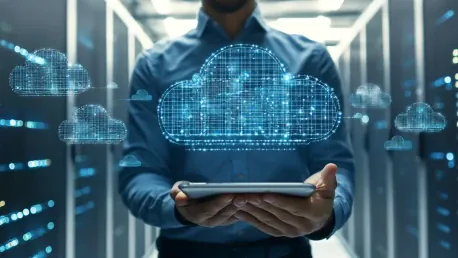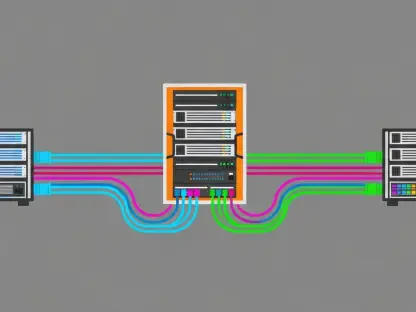On January 10, 2025, the US Department of the Treasury and the IRS issued both final and proposed regulations to guide the taxation of the digital economy. These new rules bring significant changes to the way digital content and cloud transactions are classified and taxed, aiming to simplify and modernize tax regulations to better fit today’s digital business models.
Expanded Scope
One of the key aspects of the Final Regulations (TD 10022) is the expansion beyond the previous 1998 rules that classified computer program transactions. The updated regulations now encompass modern business models such as software as a service (SaaS), platform as a service (PaaS), and infrastructure as a service (IaaS). Additionally, they include streaming services and mobile applications, reflecting the broadening scope of digital commerce and changing the way these transactions are handled for tax purposes.
Digital Content
The regulations provide a broad definition of digital content, covering items like digital books, movies, and music. Transactions involving digital content are categorized into one of four classifications: transfer of copyright rights, transfer of a copy, provision of services for development, or provision of know-how. Importantly, sales of copyrighted articles now use the purchaser’s billing address to determine the source of income, which represents a shift from previous practices.
Cloud Transactions
In a notable departure from the 2019 proposed regulations, all cloud transactions are now classified as services. The previous multifactor test used to distinguish between leases and services has been discarded, making the classification process more straightforward. This change focuses on the nature of access to computing resources rather than on ownership, simplifying compliance for companies that provide cloud-based solutions.
Proposed Source Rules
The newly proposed regulations (REG–07420–24) introduce a three-factor formula to determine the source of income from cloud transactions. This formula aggregates expenses based on contributions from intangible property, personnel, and tangible property. This represents a significant shift from traditional rules that sourced income based on the location of physical services, aligning better with the global nature of digital services.
Compliance and Effective Date
The regulations generally apply to tax years beginning on or after January 14, 2025. However, taxpayers have the option to apply these rules retroactively to August 14, 2019, if they choose to do so. Any changes in accounting methods resulting from these regulations will require obtaining consent from the IRS, ensuring that businesses comply appropriately with the new rules.
Request for Comments
In Notice 2025-6, the IRS has issued a request for public feedback on the potential outcomes of expanding these characterization rules to all provisions of the Internal Revenue Code. This includes areas such as depreciation, amortization, income inclusions, real estate investment trusts, and gain/loss calculations. The IRS is seeking input to fully understand the ramifications and to consider any necessary adjustments.
Conclusion
On January 10, 2025, the U.S. Department of the Treasury and the IRS released both final and proposed regulations to help navigate the taxation of the digital economy. These newly issued guidelines introduce notable revisions in how digital content and cloud-based transactions are categorized and taxed. The goal is to streamline and update tax rules to be more aligned with modern digital business practices. For years, the digital economy has evolved rapidly, outpacing the existing tax regulations, which often led to confusion and inefficiencies. With these new rules, the Treasury and IRS aim to provide clearer guidance and ensure that taxation frameworks are more adaptable to the latest technological advancements. By doing so, they hope to create a more cohesive and comprehensive tax structure that not only simplifies compliance for businesses but also ensures fairness in how digital transactions are taxed. These changes are seen as a crucial step toward modernizing tax laws to keep pace with the accelerating growth and complexity of the digital economy.









